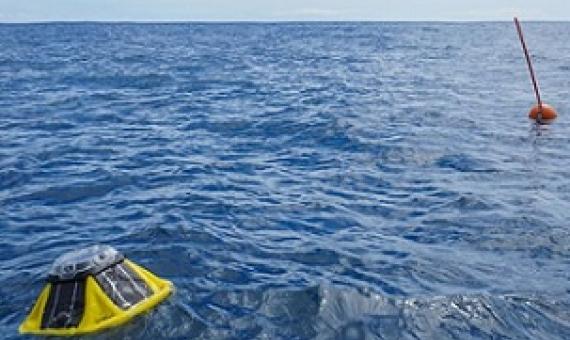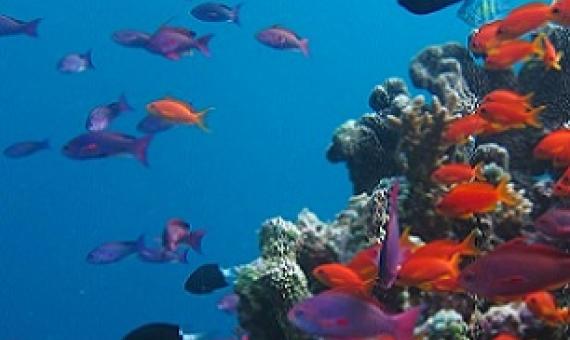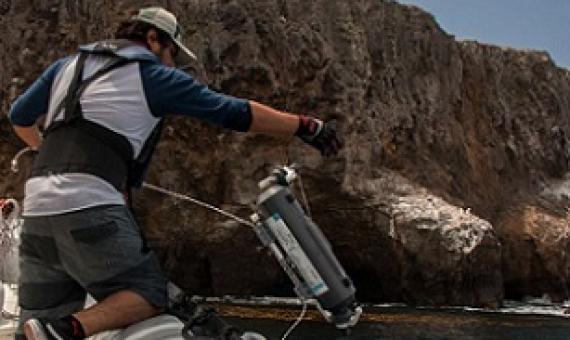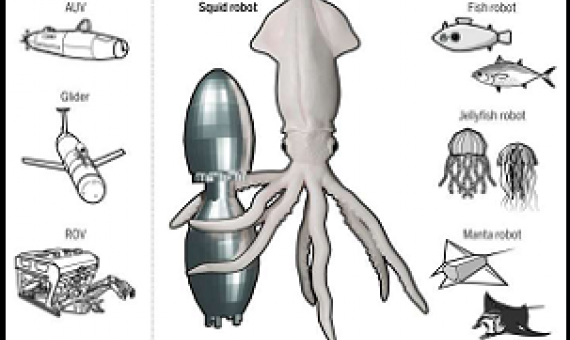The Forest Integrity Assessment Tool (FIA) is designed to enable forest managers with no prior experience in forestry or conservation to assess and monitor the condition of tropical forest conservation areas.
The procurement of new technology will help local conservationists monitor how warming oceans are affecting the marine environment around the globe...The equipment is part of a global network of data sensors being deployed to bring better understanding to the impacts of climate change on the mari
The UK is to become the first country to pioneer a major network of underwater camera rigs, funding the world’s largest ocean wildlife monitoring system to help protect life below water.
Remote monitoring using airborne devices such as drones or satellites could revolutionize the effectiveness of nature-based solutions (NBS) that protect communities from devastating natural hazards such as floods, storms and landslides, say climate change experts from the University of Surrey.
eDNA metabarcoding as a biomonitoring tool for marine protected areas
Monitoring of marine protected areas (MPAs) is critical for marine ecosystem management, yet current protocols rely on SCUBA-based visual surveys that are costly and time consuming, limiting their scope and effectiveness. Environmental DNA (eDNA) metabarcoding is a promising alternative for marine ecosystem monitoring, but more direct comparisons to visual surveys are needed to understand the strengths and limitations of each approach.
Researchers used to need to scuba dive to find out which fish live in any given area of the ocean.
Status of coral reefs in the Fiji islands : 2006 reef monitoring report, knowledge, management and beneficial use of coral reef ecosystems
In 2000, the Fiji Islands was at the northern edge of a large pool of unusually warm water, and suffered extensive hard coral death due to coral bleaching. A paper composed of a collection of studies from across the Fiji islands, linking this coral
death to elevated sea temperatures at the time, was published (Cummings et al 2000). The difficulty of gathering data from very different sources, and which had been recorded using many different methods, established the need for standardised
On January 27, the Palau International Coral Reef Center (PICRC) welcomed 16 members of Heirs to Our Ocean to learn how researchers at the Center conduct surveys and monitor Marine Protected Areas (MPAs)...As part of PICRC’s newly developed School Program, the lesson included a briefing on MPAs a
A robot inspired by the shape and delicate underwater movements of a jellyfish, allowing it to safely explore endangered coral reefs, was unveiled by British scientists on Wednesday.
Coral reefs are critically important habitats that support a wide variety of life around the world. However, human pressures...are increasing the frequency and expanse of bleaching events.














